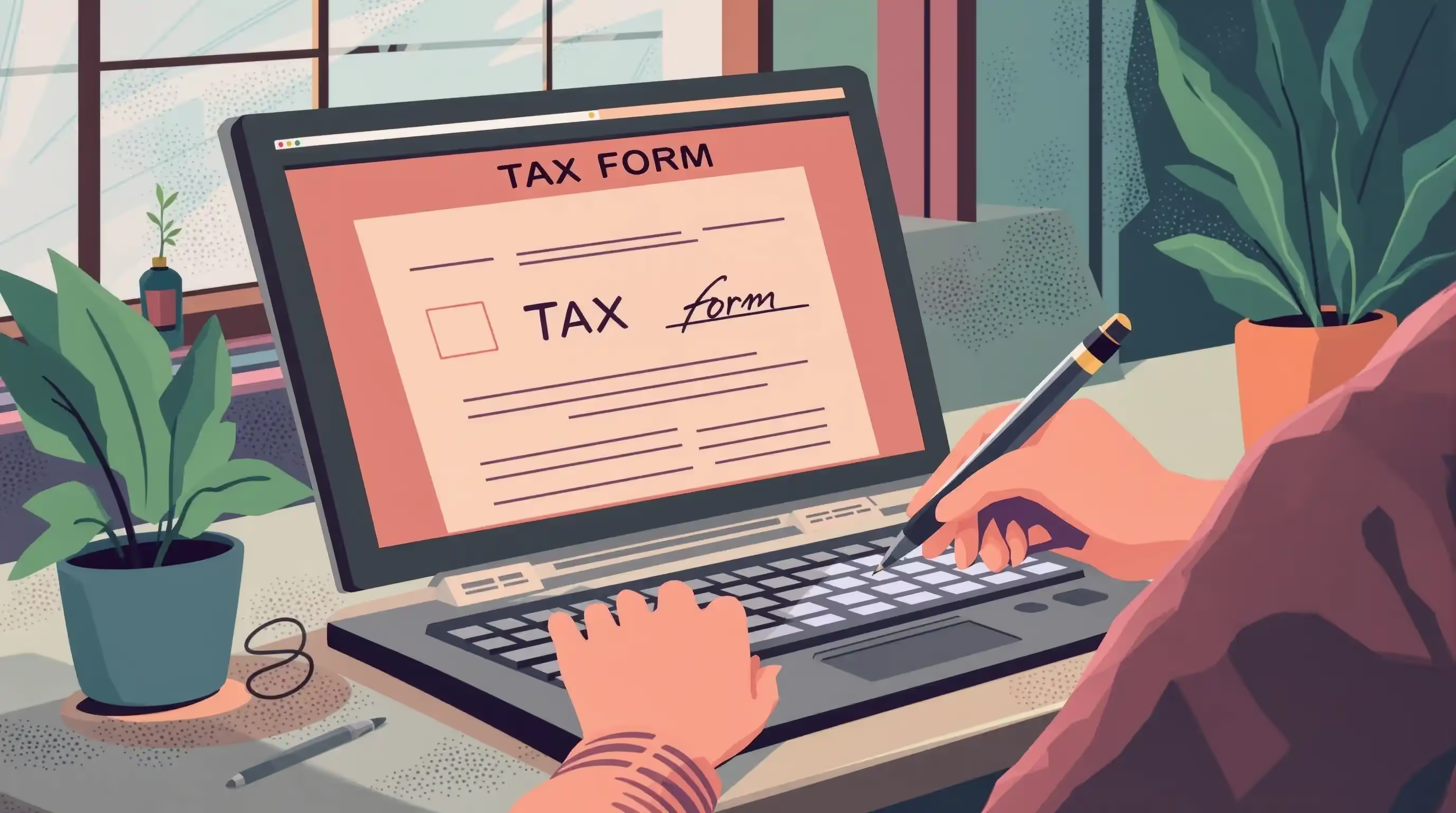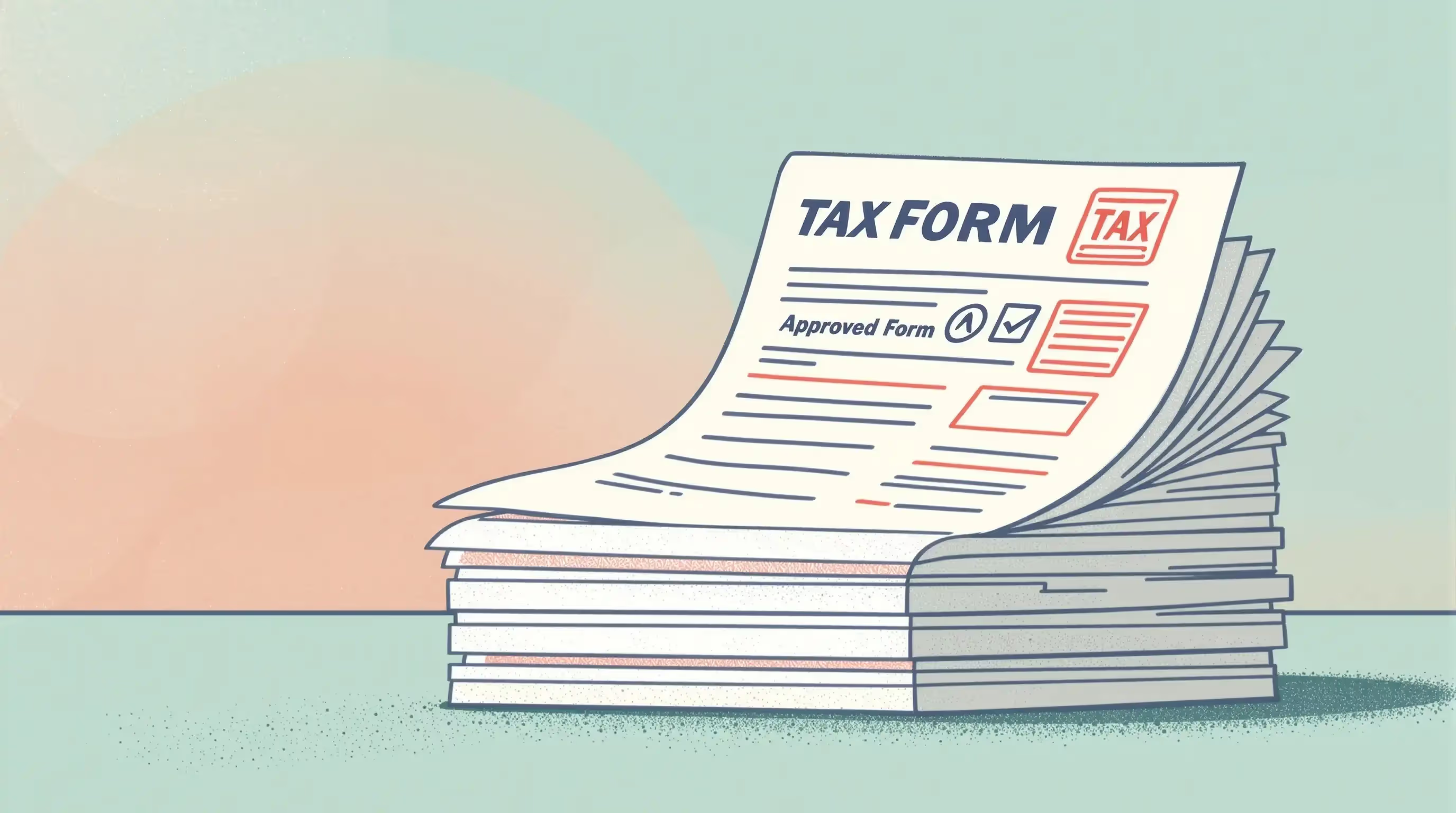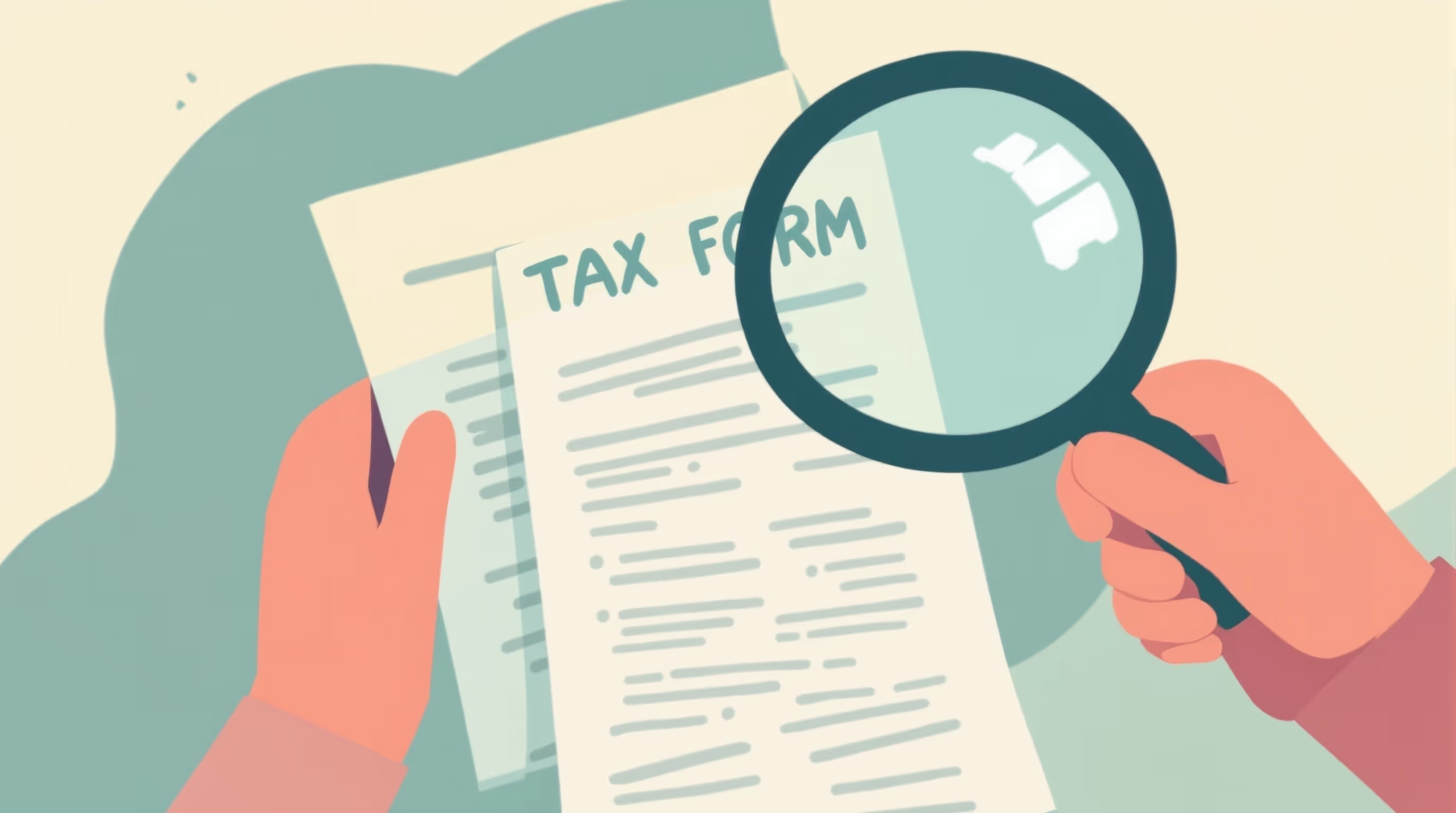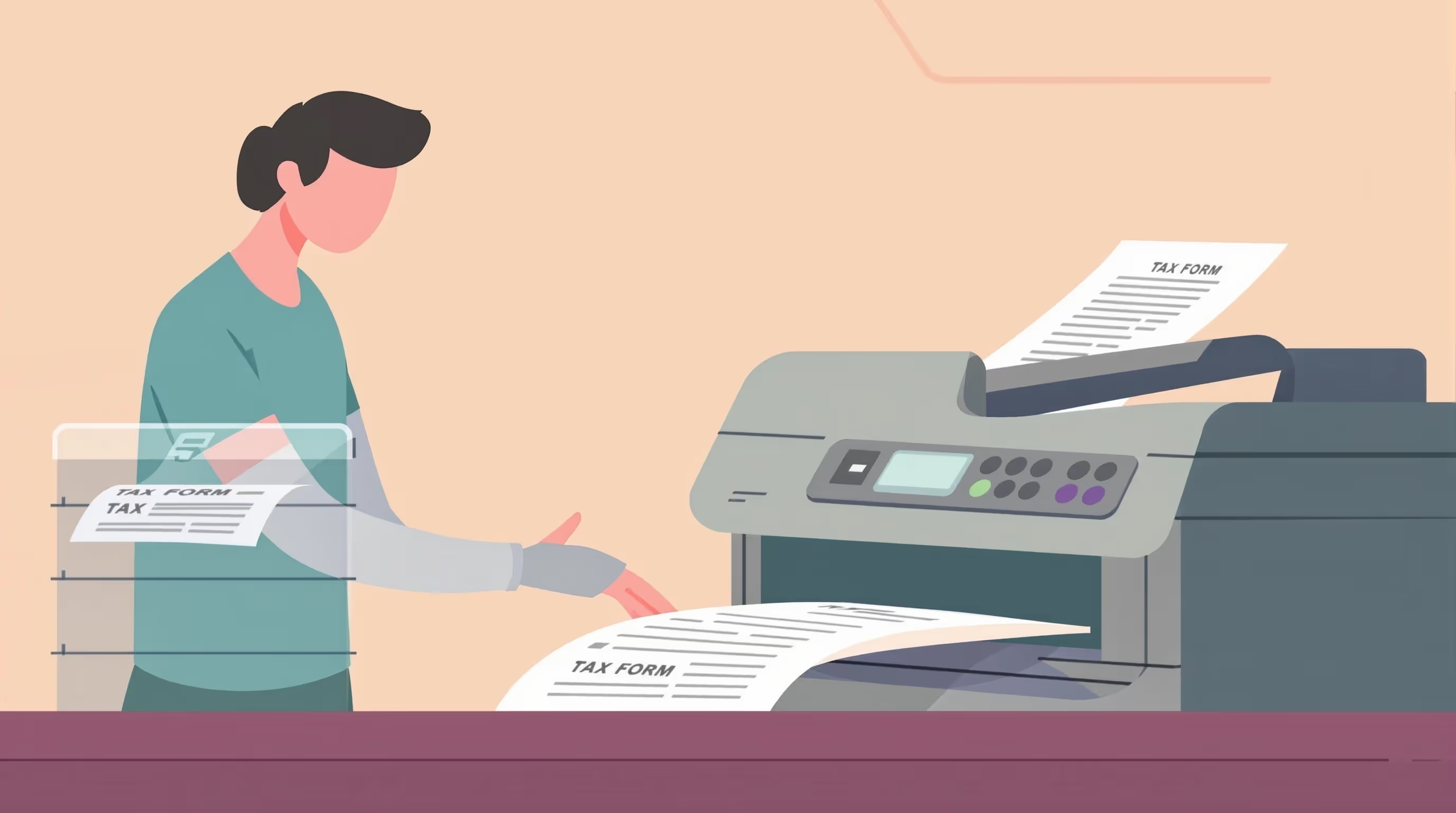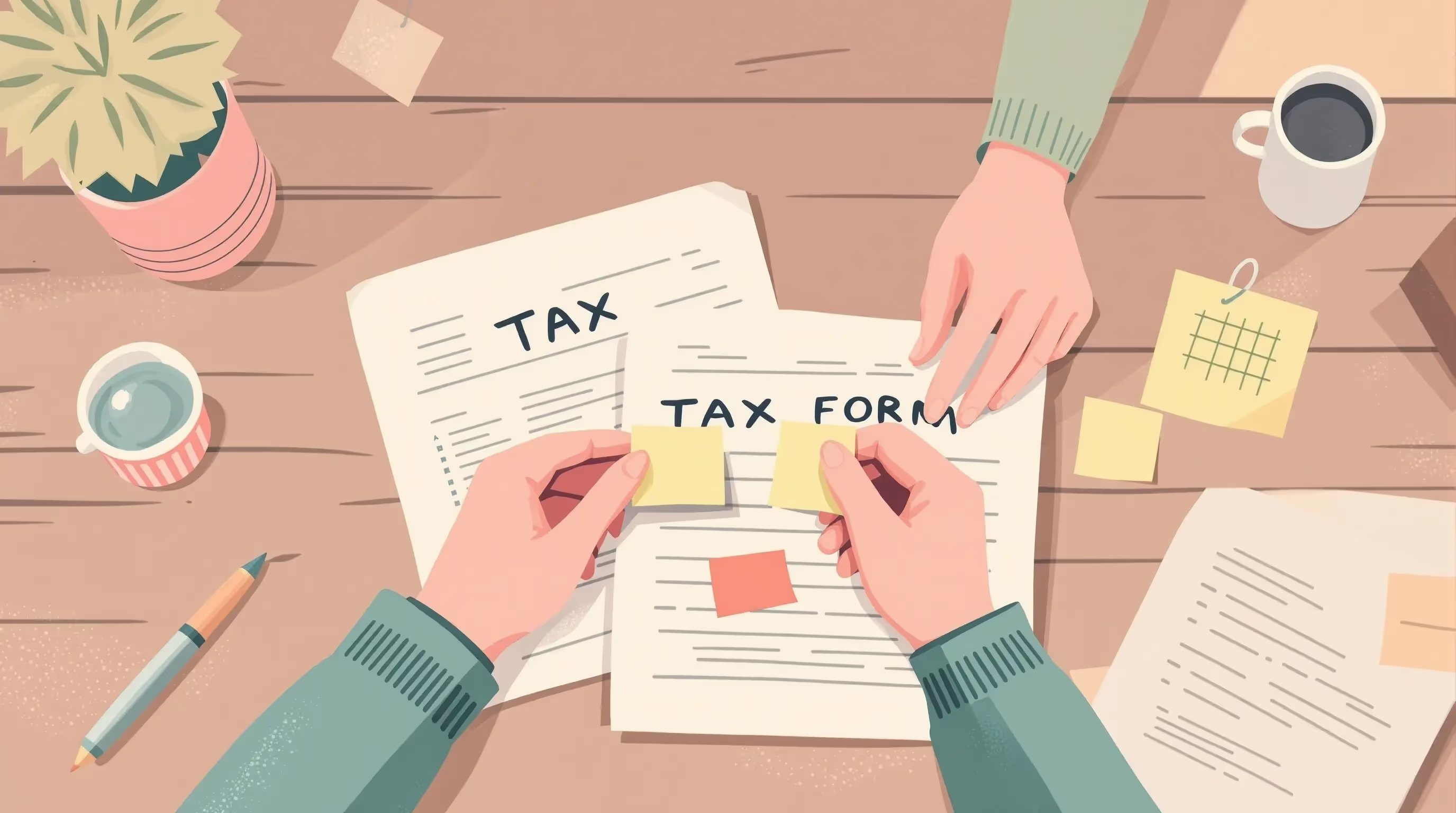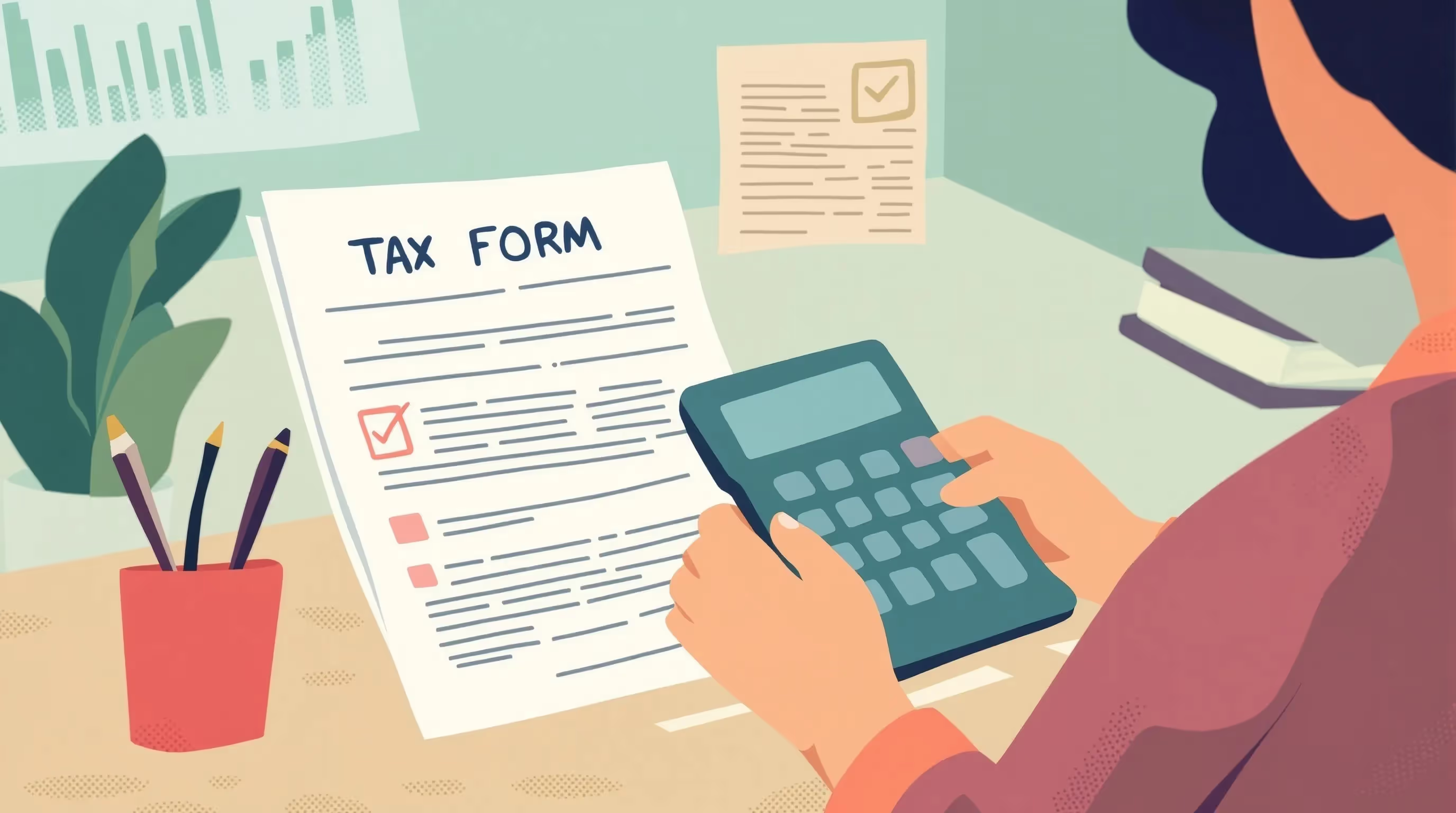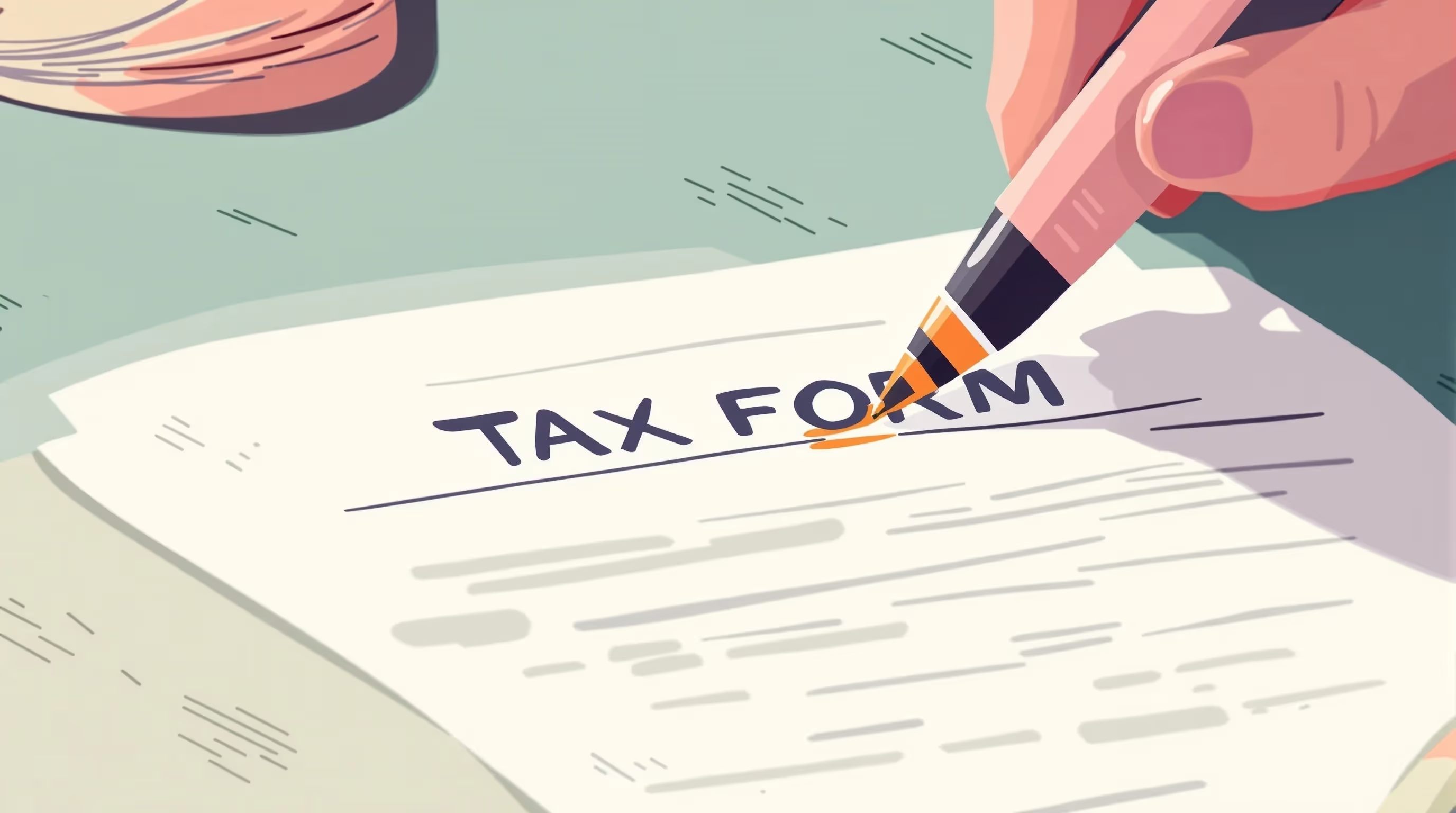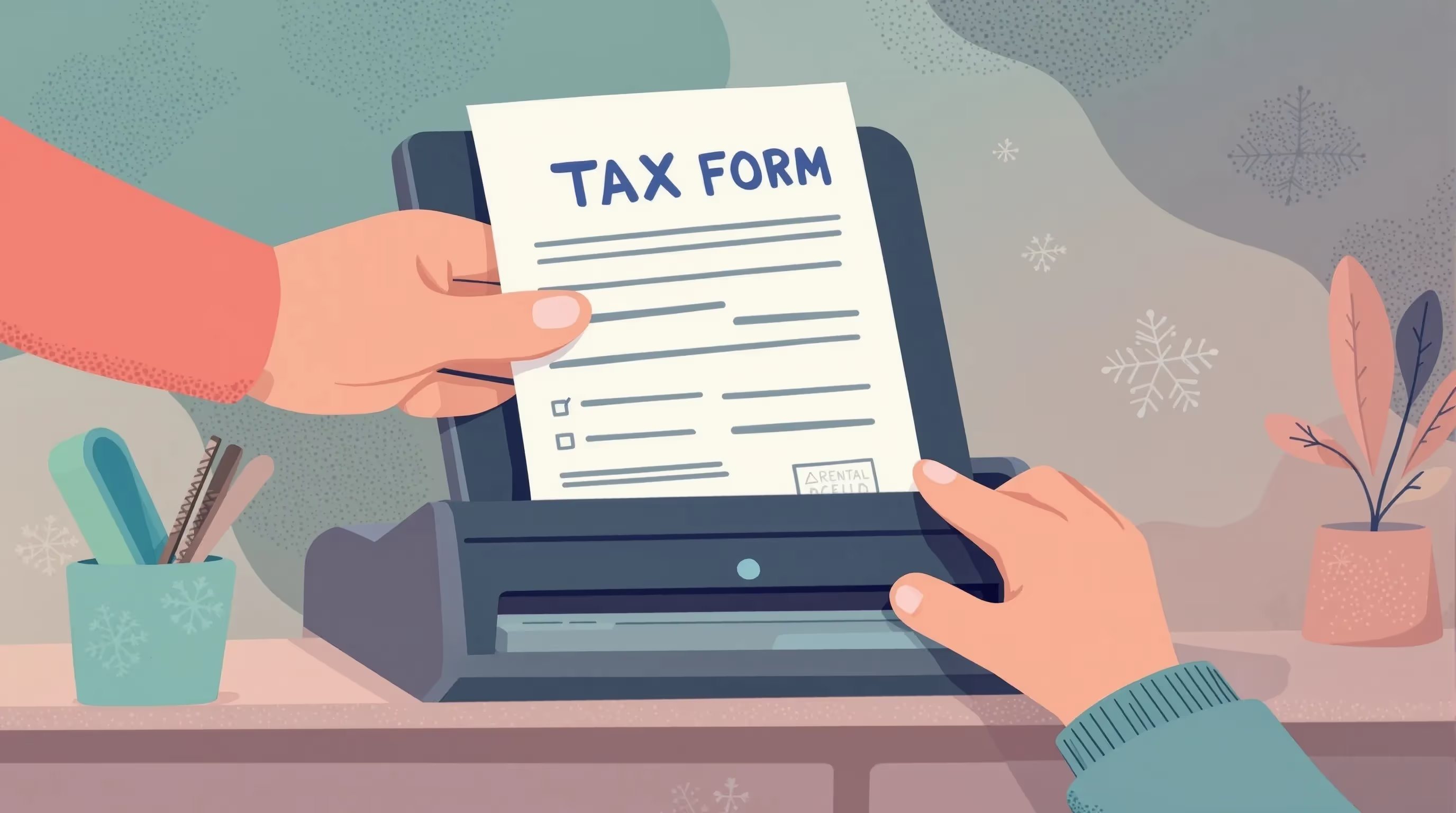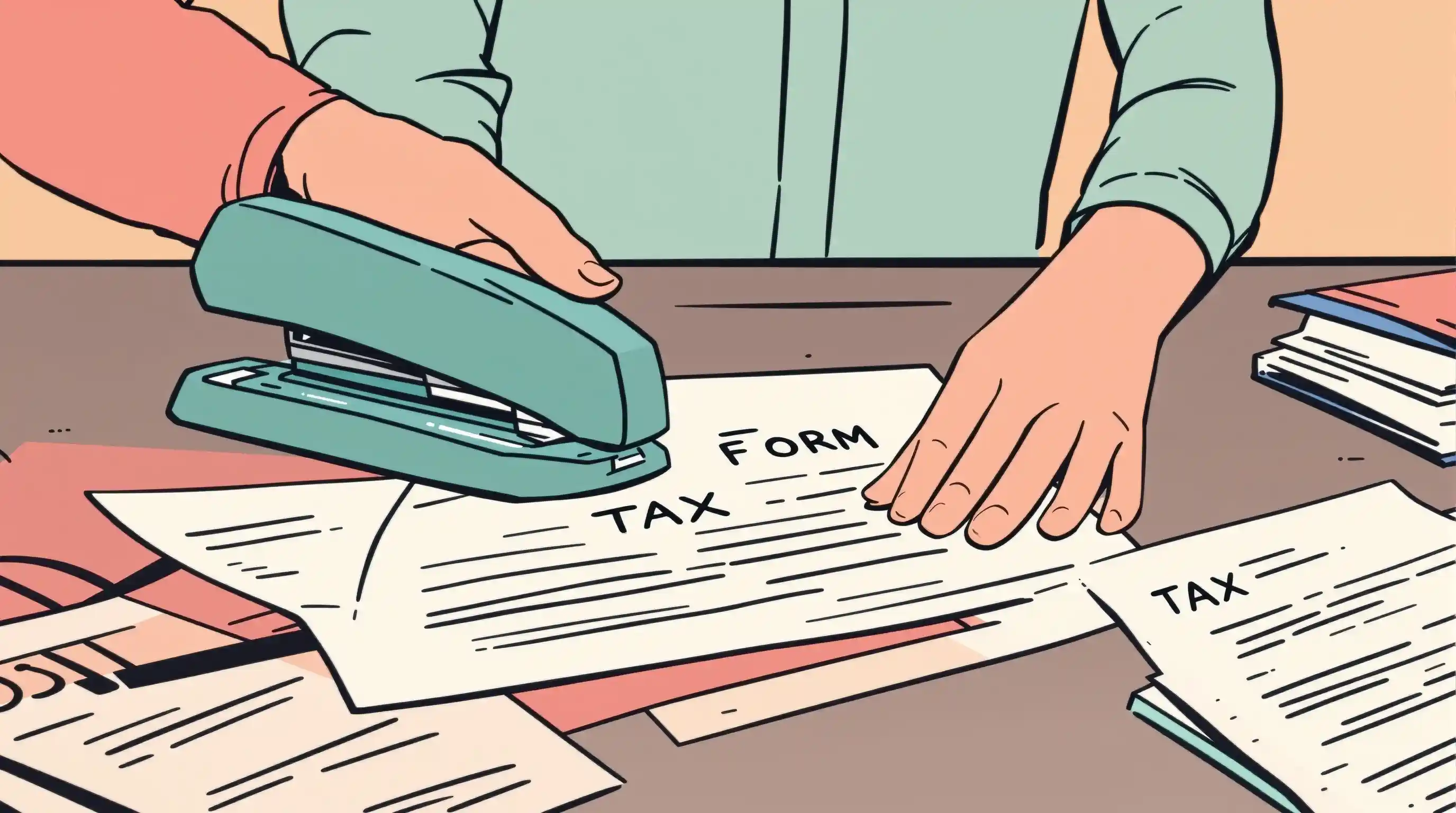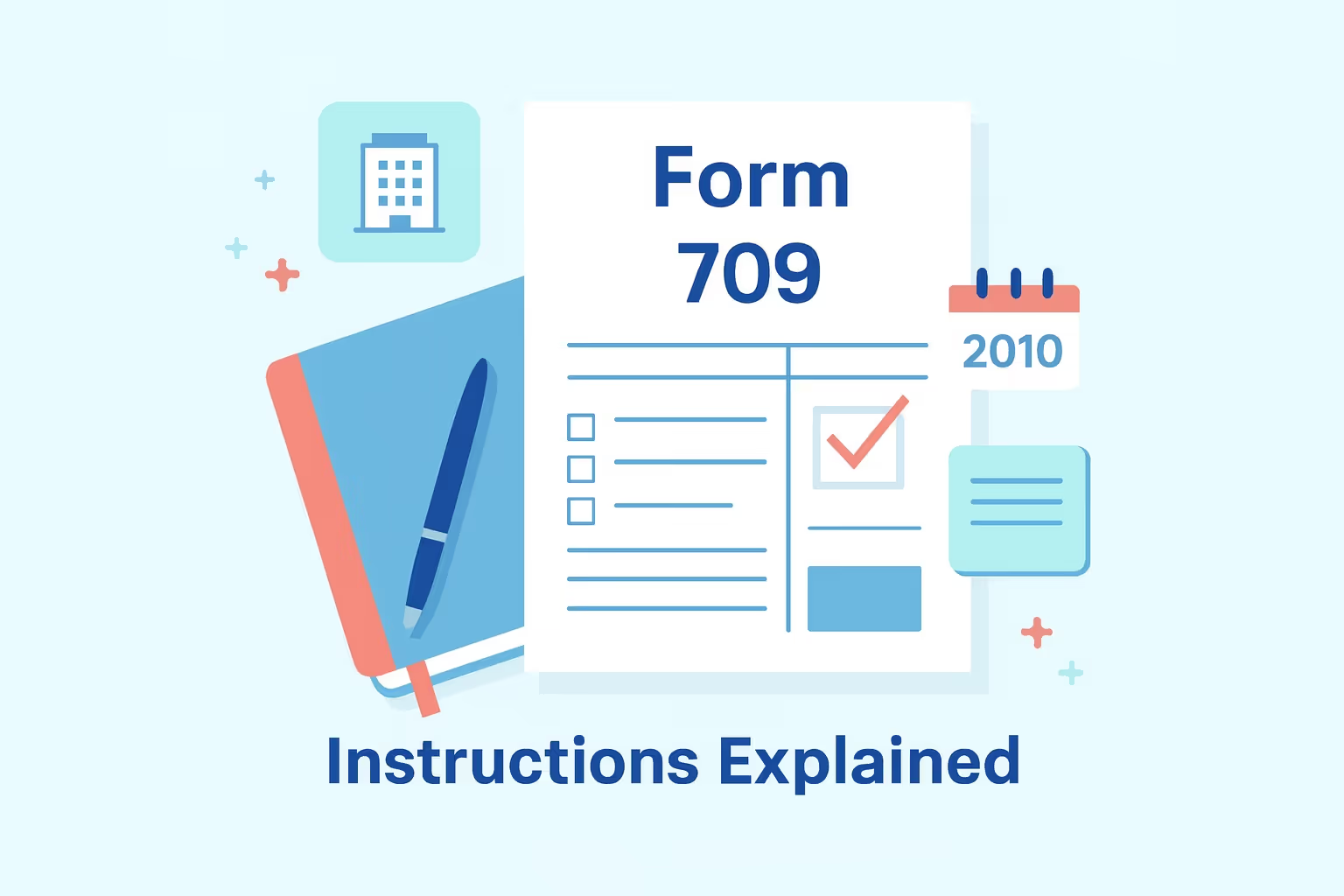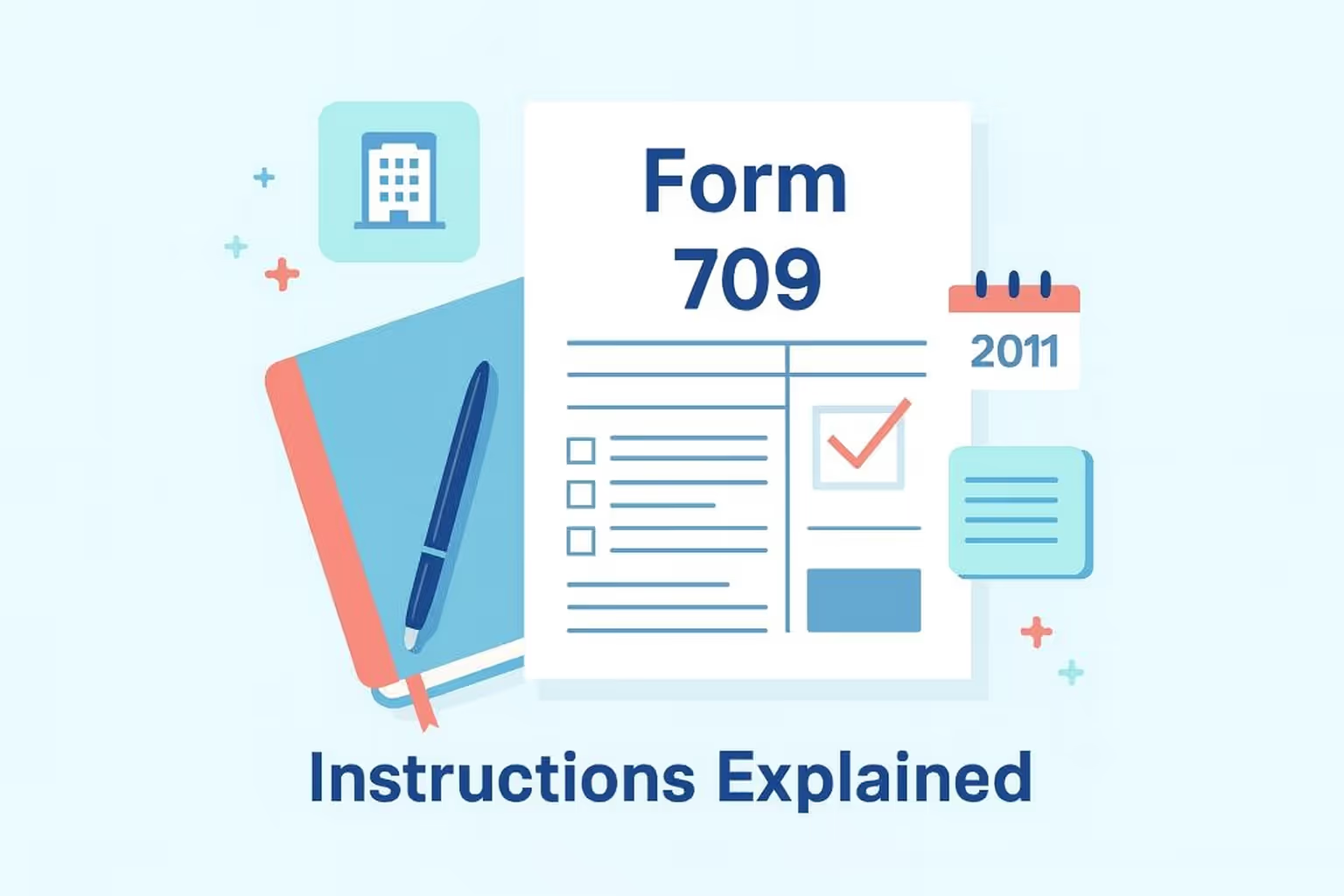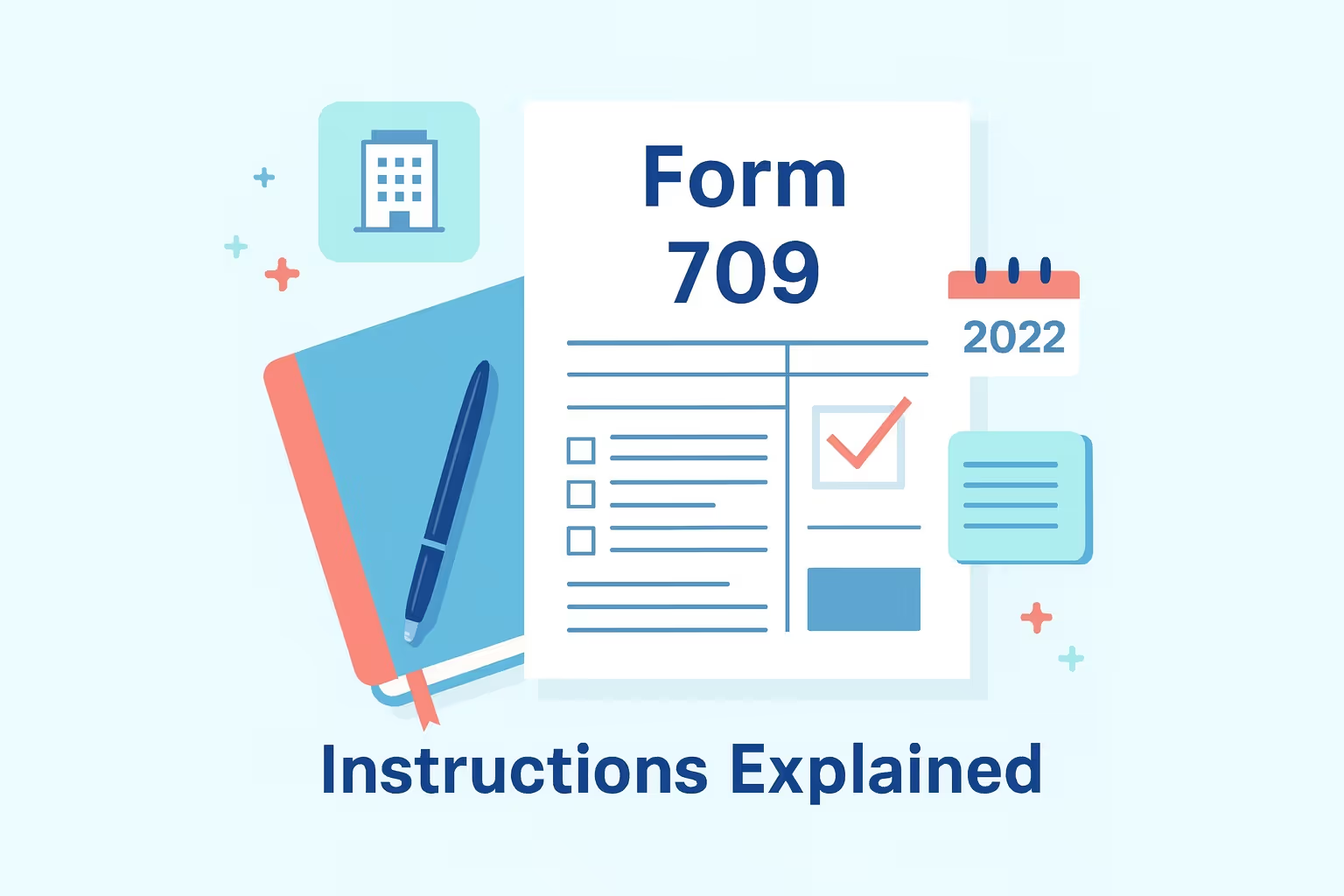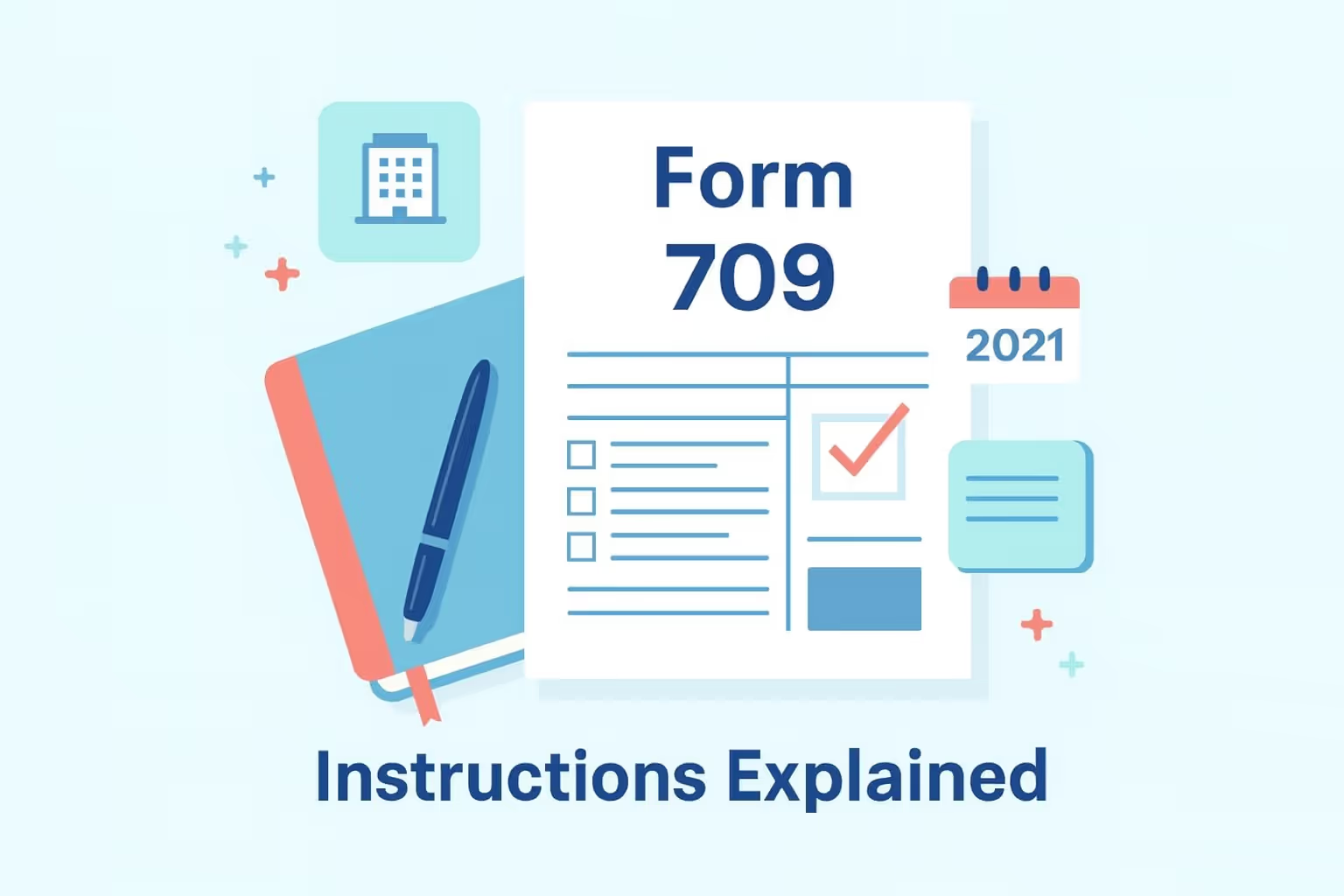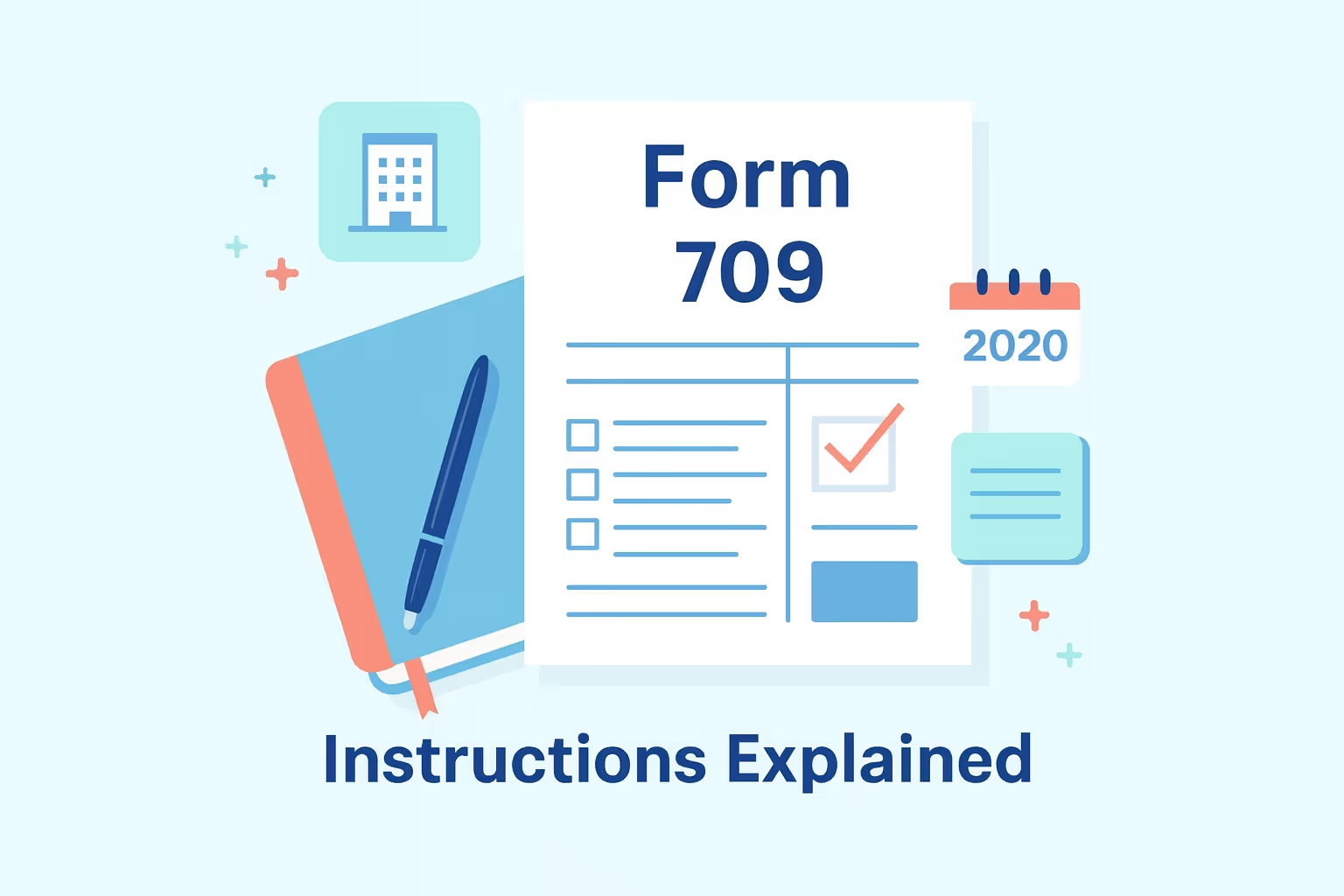
What IRS Form 706 (2018) Is For
IRS Form 706 (2018) is the United States Estate and Generation-Skipping Transfer Tax Return. Executors use this form to report estate and gift taxes, generation-skipping transfer tax, and taxable gifts made during the decedent’s lifetime.
This estate tax return helps determine whether federal taxes are owed and allows executors to transfer any unused exclusion amount to a surviving spouse through a portability election.
Who Must File
Form 706 must be filed if the gross estate, plus adjusted taxable gifts and any specific exemption, exceeds $11,180,000 for individuals who died in 2018. Executors must also file if they wish to transfer the deceased spousal unused exclusion (DSUE) to a surviving spouse, even if the estate value is below the threshold.
For a detailed breakdown of filing requirements, eligibility rules, and step-by-step instructions, see our comprehensive IRS Form 706 (2018): Late & Amended Filing Guide.
When You’d Use Form 706 (2018)
Executors file Form 706 when managing a decedent’s estate that meets federal estate tax requirements. This includes U.S. citizens, residents, or nonresidents who own property in the United States at the time of death.
Late or Amended Filings
Late or amended filings may be necessary when:
- Executors may need to file if new assets are found that raise the estate’s value above the filing threshold.
- A late portability election can be made to transfer the unused exclusion to the surviving spouse.
- Errors, omissions, or updated fair market values should be corrected with an amended return.
Executors who file late may qualify for relief under Revenue Procedure 2017-34, which allows late portability elections if filed within two years of the decedent’s death. When additional property or unreported gifts are found, an amended estate tax return should be submitted. The top of the form should be marked “Supplemental Information,” and copies of corrected schedules should be attached.
For more resources on filing or understanding prior-year IRS forms, visit our guide on Estate, Gift, and Trust Forms.
Key Rules or Details for 2018
The Tax Cuts and Jobs Act significantly increased the estate tax exemption in 2018 to $11,180,000 per individual, up from $5,490,000 in 2017. This change excluded many smaller estates from federal estate tax filing requirements, unless a portability election was made or generation-skipping transfers were reported.
- Top estate tax rate: 40%
- Basic credit amount: $4,417,800
- Due date: Nine months after the decedent’s death
- Extension of time to file: Automatic six-month extension available using Form 4768 before the original due date
Payments should be made by check payable to the United States Treasury or through an approved private delivery service. Executors may also request installment payments under Section 6166 for estates with closely held business interests.
Step-by-Step (High Level)
1. Gather records and information
- Certified copy of the death certificate
- List of all assets and liabilities
- Prior gift tax returns and documentation of annual gift tax exclusions
- Trust agreements, property deeds, and appraisals
2. Determine fair market value
Executors must assess the fair market value of each asset at the date of death. This includes:
- Real estate and business interests
- Stocks, bonds, and retirement accounts
- Life insurance proceeds
- Gifts made within three years of death for gift tax purposes
3. Complete Form 706 (2018)
Use the correct year’s version of the form and follow the official instructions for Form 706. Include details for adjusted taxable gifts, direct skips for generation-skipping transfers, and deductions for medical expenses or charitable contributions.
4. Attach required schedules
Attach all relevant schedules (A through R-1) with supporting documentation. Each schedule corresponds to a specific category of assets or liabilities within the decedent’s estate.
5. Calculate taxes owed
Determine total estate tax due after applying the unified credit, marital deduction, and other available exemptions such as those for qualified family-owned business interests.
6. File and pay
Mail the completed return to the address listed in the IRS instructions. Acceptable payment methods include:
- Check payable to the United States Treasury
- Electronic payment through IRS-approved systems
7. Keep documentation
Executors should retain:
- Copies of all filed forms and schedules
- Appraisals and valuation reports
- Proof of payment or electronic confirmation
Common Mistakes and How to Avoid Them
Filing IRS Form 706 (2018) requires accuracy and attention to detail. Minor errors can delay processing, cause penalties, or lead to IRS inquiries, so executors should carefully review all parts of the return before submission.
- Omitting identification numbers: Executors sometimes leave out EINs or CUSIP numbers for estates, trusts, or securities. These identifiers must be included to allow IRS and financial institutions to verify reported assets.
- Leaving schedules incomplete: Even if a schedule has no applicable values, such as Schedules D or F, it must still be attached. Always include all schedules to meet filing requirements.
- Missing signatures: An unsigned return—missing the executor’s or paid preparer’s signature—will be rejected. Executors should review every page before submission.
- Incorrect portability elections: Executors frequently make errors in Part 6 when electing to transfer unused exclusion amounts. Review the section thoroughly to ensure the election is complete and accurate.
Reviewing each section, ensuring proper documentation, and consulting a qualified tax advisor can help executors avoid these issues and ensure the estate tax return is accurate and complete.
What Happens After You File
The IRS generally processes Form 706 within nine months; however, complex estates may require longer processing times. Executors should not request an estate tax closing letter until after that period. The IRS may request additional documentation or clarification of valuations. If additional tax is due, the executor can:
- The IRS may request additional documents or clarification, and any extra tax can be paid through Form 9465 or Section 6166 installments.
- Interest and penalties accrue until paid; however, the IRS may reduce them if reasonable cause is demonstrated.
Interest and penalties accrue until the balance is paid in full. However, reasonable cause provisions may reduce penalties if the executor demonstrates good faith compliance.
FAQs
Can Form 706 (2018) be filed after the due date?
Yes, late filing is permitted, and relief may be available for late portability elections under Revenue Procedure 2017-34.
When is Form 706 due?
Form 706 is due nine months after the date of death, with an automatic six-month extension available through Form 4768.
What payment methods are accepted?
Payment can be made by check payable to the United States Treasury or through an approved private delivery service.
Who qualifies for portability?
A married couple can transfer the unused exclusion from the deceased spouse to the surviving spouse if they properly elect it on Form 706.
What if new assets are discovered after filing?
An amended estate tax return, marked “Supplemental Information,” should be filed, accompanied by supporting documents for the additional property or funds.
Can medical expenses be deducted?
Medical expenses paid before death or within one year after death may be deducted if not claimed on the decedent’s final income tax return.
Should an executor seek professional help?
Consulting a tax advisor or attorney is recommended to ensure eligibility, accurate calculations, and compliance with federal tax laws.







